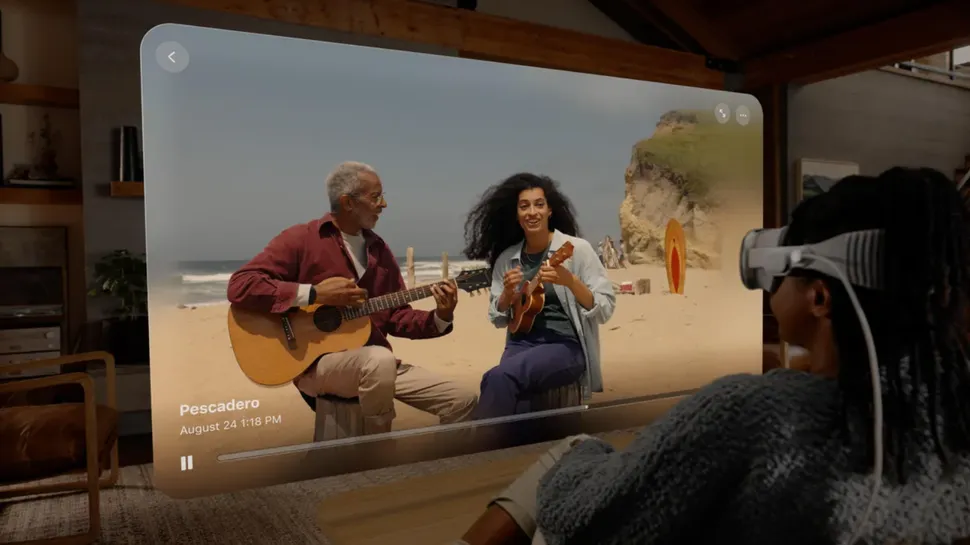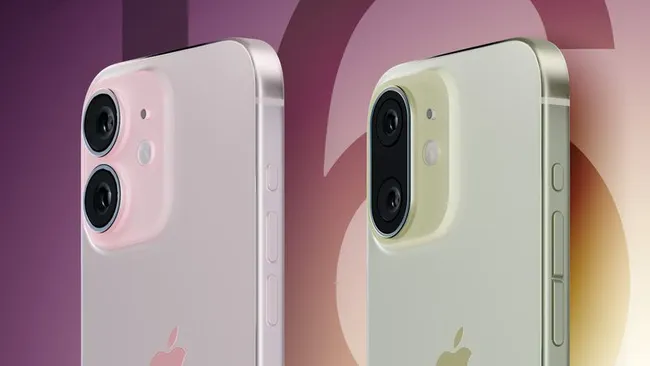Apple appears to be thinking about spatial video lately, and an explosion of stories about more immersive video might offer us a hint about one of the iPhone 16 standout features.
Some iPhones, at least those running iOS 17.2, are already capable of shooting spatial video. The recently released update enables the iPhone 15 Pro and iPhone 15 Pro Max to produce spatial video by capturing footage with both their primary and ultrawide camera lenses at the same time.
The collected film is then stored as a single file, and some computational editing is used to combine the several views into a single shot. Viewed on your iPhone screen, it will look like a typical video, but put on the upcoming Apple Vision Pro headset, and you’ll see a video with greater depth that offers a 3D-like feel of the footage happening right in front of you.

We don’t have to just take Apple’s word for it. This week, a group of tech reporters had the opportunity to see spatial films produced with an iPhone 15 Pro using a Vision Pro headset. One participant stated the ensuing experience nearly brought him to tears, and everyone who participated seemed to agree that this is a far more immersive method to revisit all those crucial events you’ve documented on camera.
You may have noticed some significant limits there. For spatial video to be useful to you, you’ll need a Vision Pro headset, which isn’t even available now and will cost $3,500 when it arrives, maybe as soon as January 2024.
Aside from that, the only devices capable of taking film at present time are Apple’s two most costly phones, the $999 iPhone 15 Pro and the $1,199 iPhone 15 Pro Max. So we’re talking a minimum of $4,500 to fully appreciate spatial films. That’s the type of price that makes me cry, but only when I look at my credit card balance.
Spatial video and the iPhone 16

This is where the iPhone 16 comes into play. Because another piece of information surfaced this week indicating that the capacity to shoot spatial video may be available to more people when the next generation of iPhones is released in the fall of 2024.
Specifically, supposed iPhone 16 prototypes have just surfaced on MacRumors, and they depict a phone that differs significantly from the existing iPhone 15. The prototypes’ backs include vertically oriented wide and ultrawide camera lenses, similar to the iPhone 12 of 2020. The iPhone 15 now places its rear camera lenses diagonally.
This prospective alteration has a practical rationale. Because the wide and ultrawide cameras are stacked vertically, they will be able to shoot spatial video, as is the case with the iPhone 15 Pro models. (Of course, the telephoto lens in Apple’s Pro phones is off by itself.)
Rearranging the camera lenses on the iPhone 16 would address one component of the challenge, but it’s not the only obstacle preventing spatial video from reaching a wider audience. The regular iPhone, presumably, would also require a more powerful chipset. Fortunately, a recent rumor claims that all iPhone 16 models will be equipped with a variant of Apple’s A18 chipset, which should provide adequate processing power.
Now, the standard iPhone is no one’s idea of an inexpensive handset, with the current model starting at $799. But that is less than what an iPhone Pro costs, so it would alleviate some of the financial strain of having an iPhone capable of recording spatial video and a headset that allows you to enjoy that footage.
Spatial video — game changer or not?

So, will the ability to shoot spatial video be the selling point for iPhone 16 upgrades next fall? This conclusion necessitates Olympic-level jumping talents.
Keep in mind that Apple will most likely provide plenty of reasons for folks to consider purchasing an iPhone 16 next autumn. Aside from the probable CPU update, the Action button, which debuted on the iPhone 15 Pro, may make its way to the basic iPhone in 2024. There’s also the possibility of more AI-powered capabilities, with the iPhone 16 having the capability to process them on-device rather than relying on the cloud. List all of the potential iPhone 16 advancements, and I’m not sure spatial video capturing would make the cut.
When evaluating how popular a feature spatial film will be, there’s also the $3,500-shaped elephant in the room. And, as good as some Apple Vision Pro hands-on accounts make the headset seem, it’s still a niche item with a limited audience. The ability to witness a birthday party up close and personal is unlikely to persuade consumers to spend thousands of dollars that would not otherwise be in their budget.
Instead, I believe spatial video capturing is more of a long-term function for the iPhone 16. After all, we are now using our cellphones for longer periods of time. And, if you possess an iPhone 16, the predicted lower-cost version of Apple’s spatial computing headgear may eventually materialize. If it does, you’ll already have a smartphone capable of supporting it.
According to the original report on spatial video, Apple has a winning feature on its hands to market its new headset. The ability to take such films with a lower-cost iPhone is the next stage, but there are many more steps before Apple’s spatial computing gadget becomes widely available.


